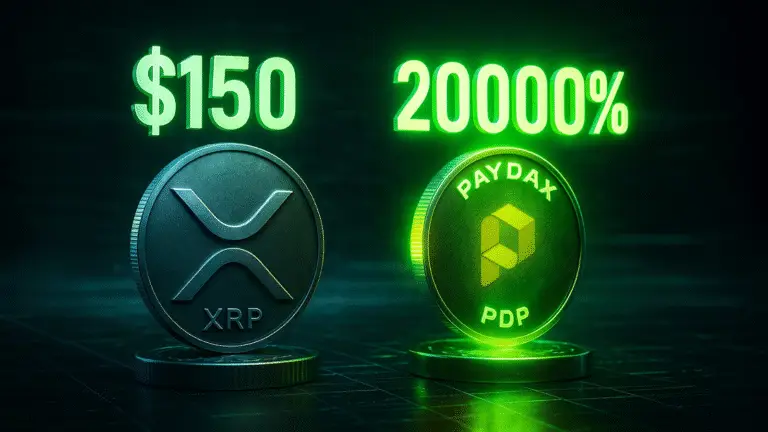A Sorry $17.7 Billion Loss, But Not Malicious Intent
Barclays, the colossal British bank, has secured a win in two lawsuits concerning the erroneous issuance of securities worth $17.7 billion. U.S. District Judge Lewis Liman, sitting in New York, dismissed the charges of securities fraud. He reasoned that the investors who sold Barclays’ iPath Series B S&P 500 VIX Short-Term Future Exchange Traded Notes (VXX) were unable to sue to the extent that the bank controlled its internal exposure. That is, they sold securities without having the requisite approval.
The March 2022 Market Squeeze
The judge dismissed other claims by investors who had suffered an extreme case of market squeeze when Barclays stopped selling VXXs in March of 2022. This suspension resulted in the price of VXX securities increasing remarkably and trading at 140% above their indicative value. In his 111-page decision, Judge Liman found no proof of duplicitous intent, embezzled funds, or dramatic abuse of Barclays’ powers. He even proposed that ex-CEO Jes Staley and other bank officials would have been more willing to register more securities instead of letting the issue spiral out of control.
Barclays’ Response and Remedial Actions
Barclays has also taken steps to mitigate damages, which eliminate any intention to defraud the company, as Judge Liman has suggested. The judge mentioned the halt in sales, disclosures made to the regulators and the public, and the buyback offer. He called these actions “a prudent course of action.” In his defense, he argued that these actions weakened, instead of strengthening, the inferences of fraudulent intent. Comments from investors participating in class action lawsuits concerning the rulings have not yet been heard.
The Overissuance Debacle and Regulatory Fallout
Barclays is being sued for admitting to selling more than 15.2 billion dollars of structured notes and ETNs that U.S. regulators had not permitted within a span of 5 years. This figure was later revised to 17.7 billion dollars. Barclays executives themselves labeled the overissuance as “entirely avoidable” and “self-inflicted.” The lawsuit stems from the company admitting in March of 2022 that they had surpassed the limit set by the US regulators.
Settlements and Executive Departure
In December, Barclays agreed to pay 19.5 million dollars to settle a related shareholder lawsuit at a Manhattan court. Earlier in September 2022, Barclays was issued a settlement for 361 million dollars with the United States Securities and Exchange Commission, which also included an overissuance fine of 200 million dollars. Jes Staley, who served as CEO during the overspending period, stepped down in November 2021.
Legal Disputes and the Response from Investors
The lawsuits May et al. v. Barclays Plc and Puchtler v. Barclays Plc et al. were both removed from the calendar in the Southern District of New York. The claims of the investors were that they incurred Barclays’ purported negligent and fraudulent activities. Nonetheless, Judge Liman’s ruling indicates that the plaintiff’s actions, although misguided, were not fraudulent.
Considerable Comfort for Barclays?
Barclays ’received a favorable decision for these proceedings, which undoubtedly will be welcome because it helps them legally. These Barclays’ cases illustrate the ease with which banks can conduct business in these financial jurisdictions without intending fraud and incurring massive financial failures. The courts, as usual, forgive Barclays for the overissuance’s outrageous disorder and penalizing regulatory actions. The net result of these actions is that fraud is more easily presumed than proved. This result should be expected of later actions with similar financial malpractice in the strict environment of deals involving securities.















